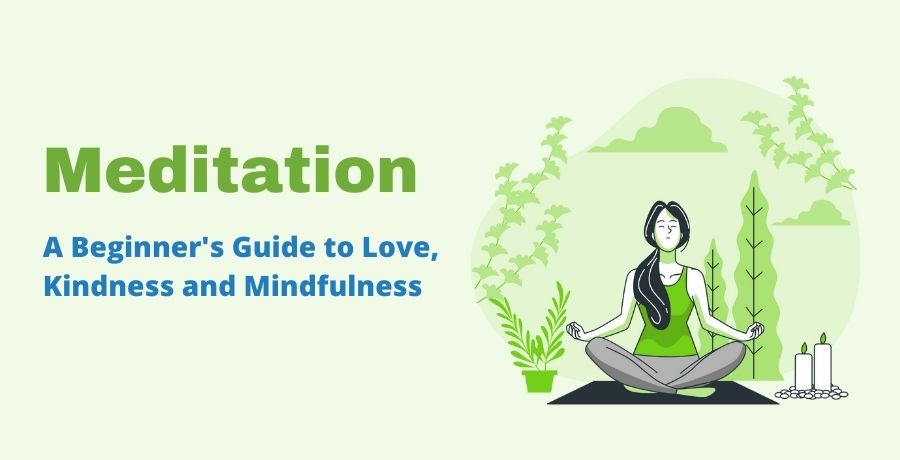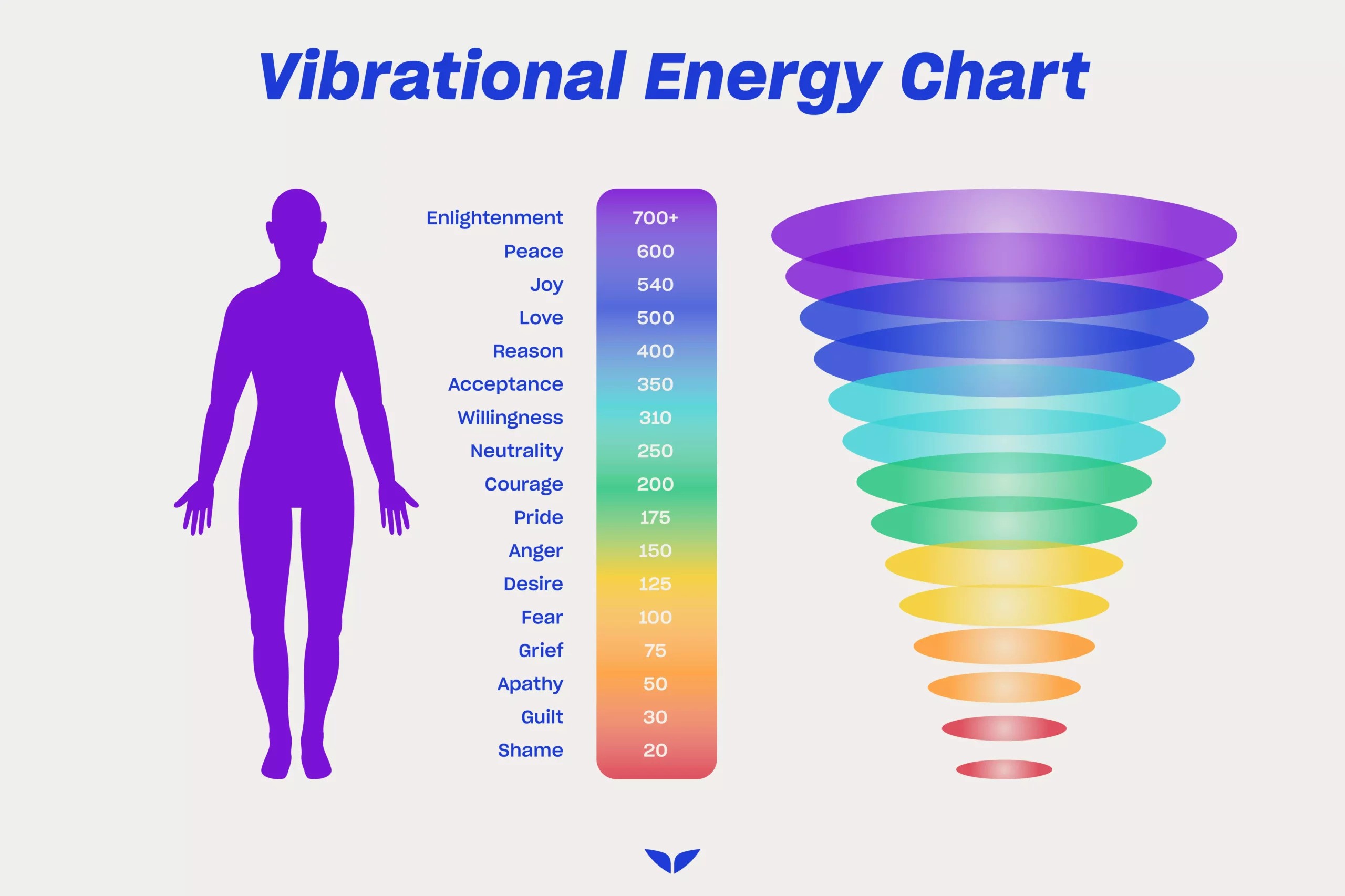How To Get Into Meditation – Guide For Beginners
Our entire existence is experienced through our minds, and once we start meditating, our perspective on life can drastically change. However, being motivated to begin meditating is not the same as really doing it, and you will only experience the advantages of meditation if you begin and sustain a regular practice. You must meditate in order to receive meditation. To relax your mind, start by sitting with it in its natural state.
Most first-time meditators find it weird to sit in silence, to sit with their innermost thoughts and sensations, to sit and do nothing — all of which the mind, ironically, seeks to reject. Meditation may feel strange, even intimidating, to a beginner at first, but that's good. People have been meditating for around 3,000 years, and many have undoubtedly felt the same apprehension, dread, or astonishment that first-time meditators have.
Sit for no more than two minutes. Just meditating for two minutes will appear stupidly simple. That is ideal. Begin with two minutes per day for a week. If that goes well, add another two minutes and repeat for a week. If all goes well, by gradually increasing your time, you'll be meditating for 10 minutes every day by the second month, which is incredible! But first, start small.
Do it first thing in the morning every day. It's easy to claim, "I'll meditate every day," but then fail to follow through. Set a reminder for every morning when you wake up, and keep a note that reads "mediate" wherever you'll notice it.
5 Steps On How To Get Into Meditation

1. Take a seat on a cushion or on a chair that is comfortable for you. Don't slouch, but your back also doesn't have to be perfectly straight. To support your back, you might want to try sitting against a wall at first. To make yourself more comfortable, place extra pillows beneath your knees or anywhere else.
2. If sitting to meditation isn't appealing, try lying down. The author of Meditation for Wimps, Miriam Austin, suggests lying on the floor with your calves and feet propped up on a chair seat.
Before you begin meditation, listen to music to help you relax. Once you've started, turn it off.
3. Set a non-ticking digital timer. Start with two minutes and gradually increase to ten, fifteen, and finally twenty. It will most likely take weeks or months to extend your practice time. Avoid putting oneself on a timetable. It's acceptable to go at your own pace.
4. Breathe normally through your nose while closing your mouth. You can have your eyes open or closed. Concentrate on the movement of your breath in and out of your nostrils, or on the rise and fall of your stomach.
5. Bring your attention back to the breath when you find your mind drifting. It'll be tempting to drift asleep, especially if you're lying down, so be careful. While it is not the purpose of meditation to shut off your thoughts, it is also not the goal of judging the meditative process. Simply bring your attention back to the breath, regardless of your sensations or ideas. And again.
4 Tips For Beginners
1. Don't worry about the how; just do it. The majority of people are concerned about where they will sit, how they will sit, and the cushion they will use... All of this is good, but getting started is more vital. Sitting in a chair or on your couch is a great place to start. Alternatively, you can sleep in it. Sit cross-legged if you feel more at ease on the ground. It's only for two minutes at begin, so sit. Later, you can focus on tweaking it so that you can stay comfortable for longer, but for now, simply sit somewhere quiet and comfy.
2. Check in with yourself to see how you're doing. Simply check-in with yourself as you begin your meditation session to see how you're feeling. What is the state of your body? What is the state of mind in which you find yourself? Busy? Tired? Anxious? Accept anything you bring to this meditation session as perfectly OK.
3. Count your inhalations and exhalations. Turn your attention to your breath now that you've settled in. Simply focus your attention on your inhalation and follow it through your nose all the way to your lungs. Count "one" as you take the first breath in, then "two" as you exhale. Rep until you reach a count of ten, then begin again at one.
4. Develop a loving attitude. When you notice thoughts and feelings arise during meditation, they will treat them with kindness. Instead of seeing them as intruders or foes, think of them as friends. They are a part of you, but not entirely. Make an effort to be friendly rather than rude.
Don't be concerned if you're doing something incorrectly. You'll be concerned that you're doing something incorrectly. That's fine. You're not doing anything incorrectly. There's no right or wrong way to do it; just be glad you're doing it.
The reasons for meditating are numerous, subjective, and unique to each individual. However, it is good to begin with a clear motivation – to understand why you want to meditate. If you merely have a hazy concept of why you're doing it, you'll probably find it difficult to keep up with it. Being clear about what you want to achieve out of your sessions — whether it's to feel happier, calmer, more focused, or less stressed, for example — will go a long way toward establishing the correct mindset and keeping the commitment to yourself.



